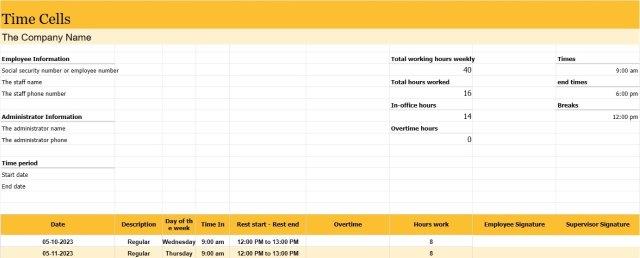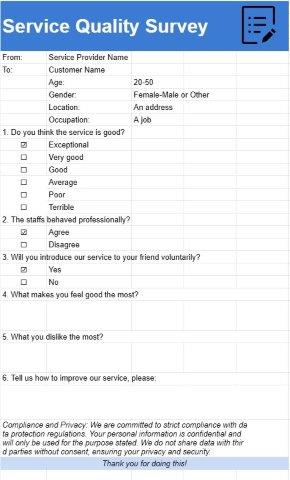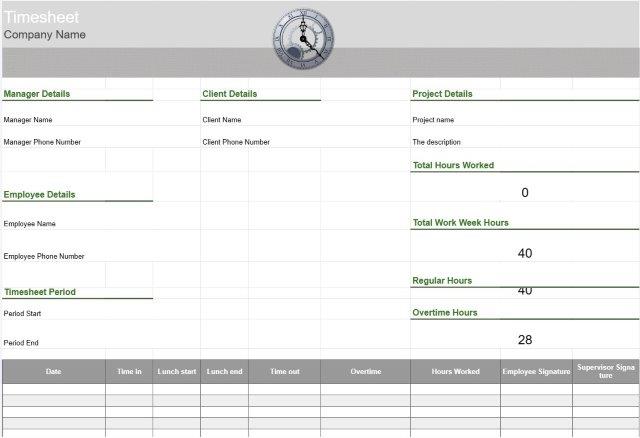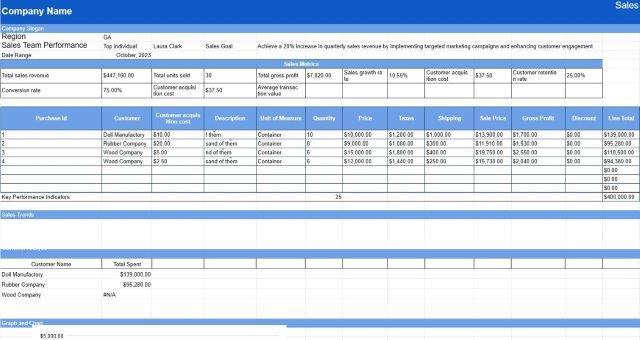

Risk Listing Sheet
Category : Trackers
Nobody can analyze the risks without listing them all first, this will help people to organize the potential risks and possibly avoid them before they are happening.
The Risk Listing Sheet Template is a fundamental document in the field of risk management and project planning. It serves as an organized and comprehensive list of potential risks and issues that could impact a project, business, or endeavor. This template is designed to systematically identify, assess, and manage risks, ensuring that proactive measures are taken to mitigate their impact.
Let's explore the key components and elements typically included in a Risk Listing Sheet Template:
- Risk Identification: The template starts with a section for identifying risks. Risks can encompass a wide range of possibilities, including external factors, internal challenges, and uncertainties related to the project or business.
- Risk Description: Each identified risk is accompanied by a clear and concise description. This description outlines the nature of the risk, its potential consequences, and any relevant context.
- Risk Category: Risks can be categorized to help prioritize and manage them effectively. Common categories include financial risks, operational risks, technical risks, legal risks, and more.
- Risk Owner: It is essential to assign ownership of each risk to an individual or a team responsible for monitoring and managing it. This ensures accountability in the risk management process.
- Probability and Impact: The Risk Listing Sheet typically includes fields for assessing the probability of each risk occurring and its potential impact if it does. These assessments are often rated on a scale (e.g., low, medium, high) to quantify the level of risk.
- Risk Assessment: By combining the probability and impact assessments, the template often calculates a risk score or rating. This score helps prioritize risks based on their potential severity.
- Mitigation Strategies: For each identified risk, the template provides space to outline mitigation strategies. These are proactive actions or measures aimed at reducing the likelihood of the risk occurring or minimizing its impact if it does.
- Contingency Plans: In some cases, risks may still materialize despite mitigation efforts. Contingency plans are detailed within the template, outlining the steps to be taken if a risk eventuates.
- Monitoring and Review: Risk management is an ongoing process. The template includes provisions for regular monitoring and review of identified risks, allowing for adjustments to mitigation strategies as needed.
- Status and Progress: Users can update the status and progress of each risk, indicating whether it has been mitigated, transferred, accepted, or if it remains a concern.
- Notes and Comments: Space is often provided for adding notes or comments related to specific risks or the overall risk management process.
The Risk Listing Sheet Template serves several essential functions:
- Risk Awareness: It promotes a proactive approach to risk management by ensuring that all potential risks are identified and assessed.
- Prioritization: By assigning probability, impact, and risk scores, the template helps prioritize risks, allowing organizations to focus their resources on the most critical threats.
- Risk Mitigation: The template encourages the development of mitigation strategies and contingency plans to reduce the negative impact of risks.
- Communication: It serves as a communication tool, enabling stakeholders to understand and engage in the risk management process.
- Documentation: Over time, the template creates a historical record of risk assessments and actions taken, aiding in post-project analysis and future risk management.
In summary, the Risk Listing Sheet Template is a pivotal tool for organizations seeking to manage risks systematically and strategically. It provides a structured framework for identifying, assessing, and mitigating risks, ultimately contributing to more resilient and successful projects and business operations.
Easy Preview and Download Spreadsheet Template
View the full version of a spreadsheet template with no limitations to see if you like it then you can download the excel template to store it on your device and use it for free.
Access Spreadsheet Template from Anywhere
This is working on all popular operating system such as Windows, MacOS, Linux, iOS. You can see the spreadsheet templates and download them without additional programs.
How to use a template
Figure out how to preview, download and then use the spreadsheet template by following the steps which are extremely easy to follow
More similar templates
See more of the spreadsheet templates which are under the same category with the chosen one.









